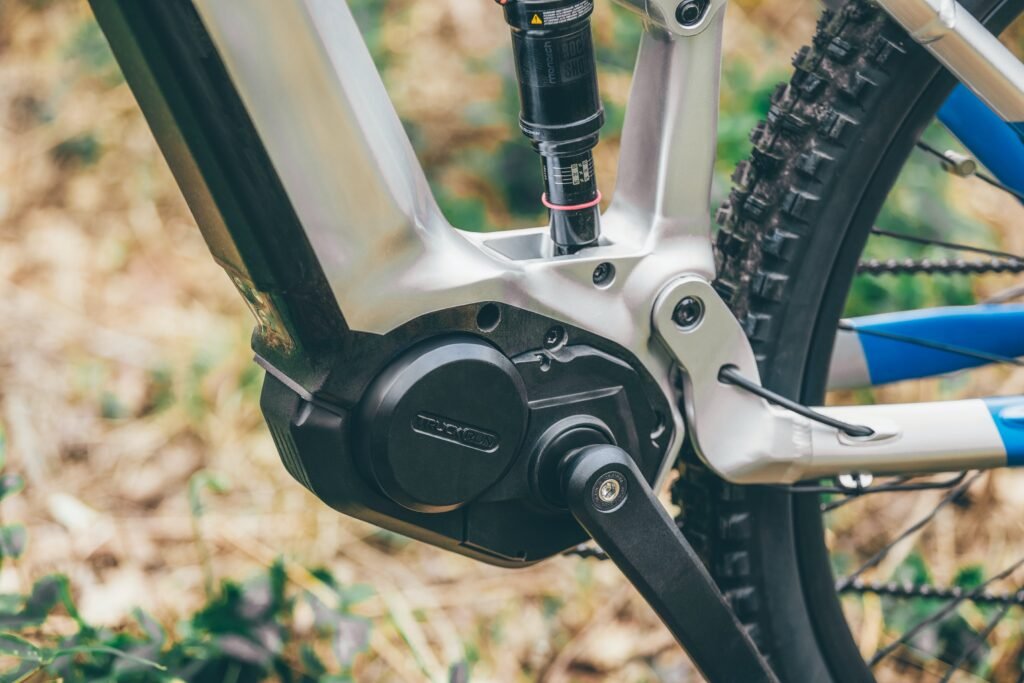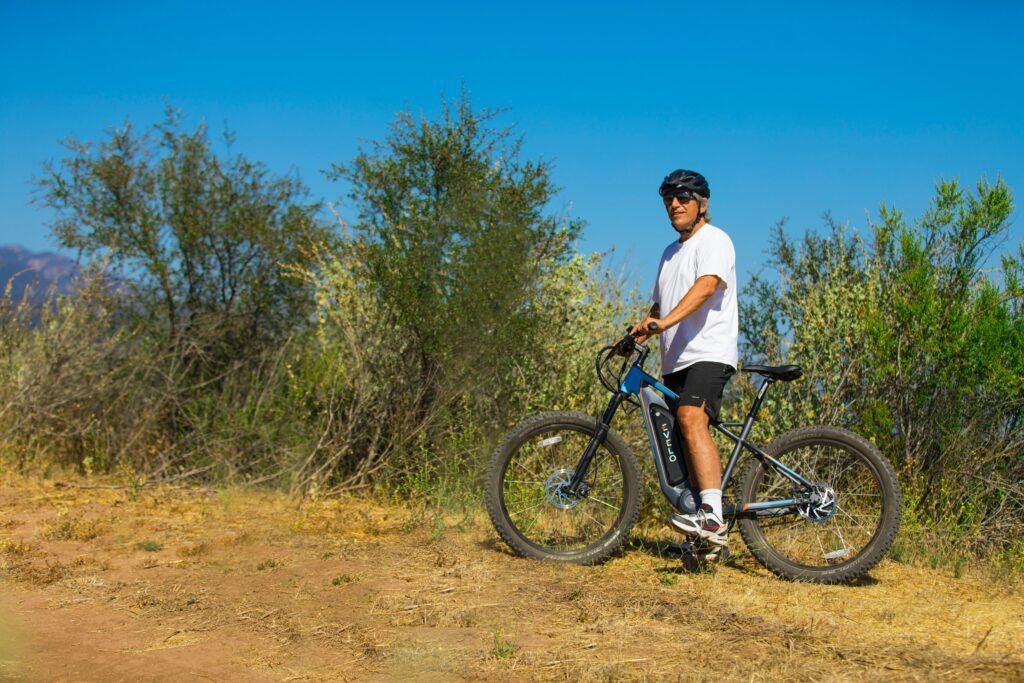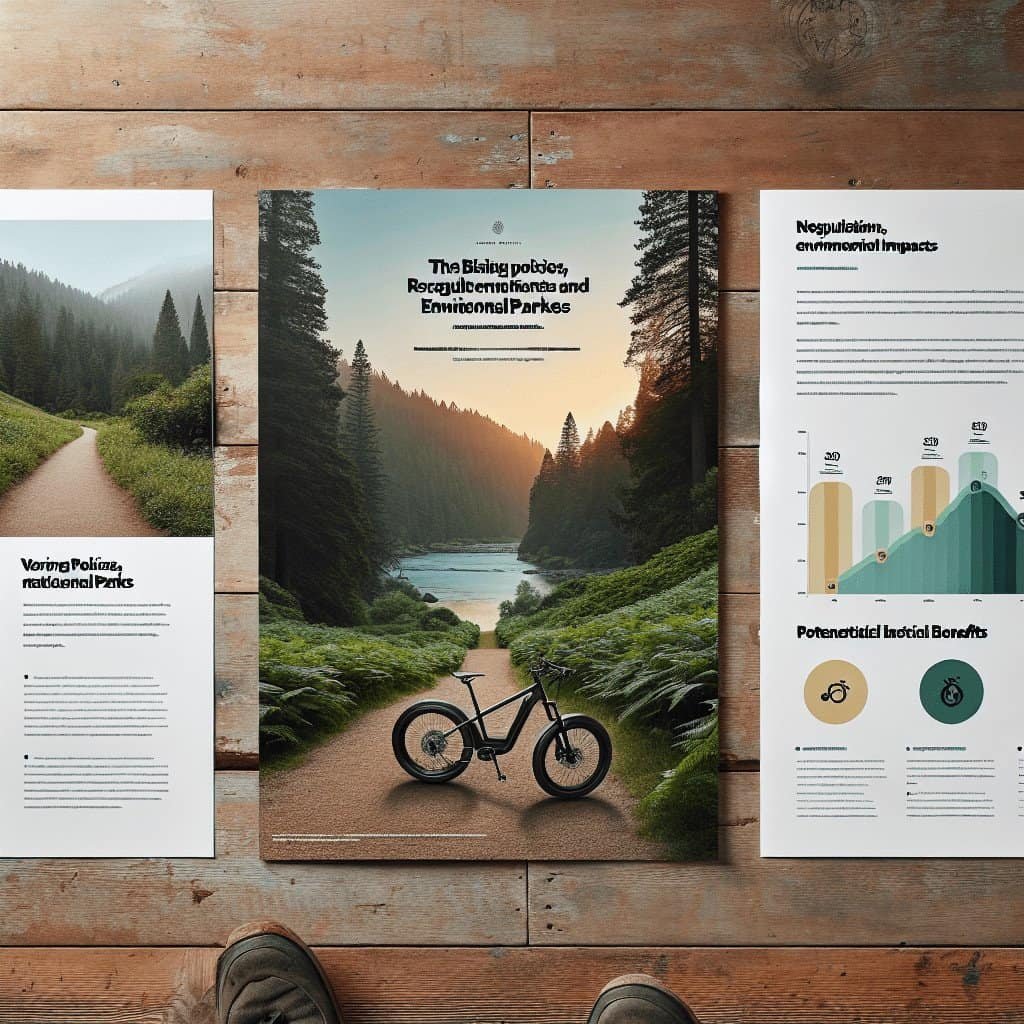You’re an adventurous cyclist who loves exploring national parks on two wheels. From the breathtaking views to the fresh mountain air, these natural wonders have become your sanctuary. However, a recent question has been swirling in your mind: can you ride an electric bike on the beautiful bike trails within these parks? As you embark on a quest for answers, let’s uncover the policies and regulations that govern electric bike usage in national parks and discover if you can continue your cycling adventures on these captivating trails.
Overview
Definition of an electric bike
An electric bike, also known as an e-bike, is a bicycle that is equipped with an electric motor, which assists the rider in pedaling. This motor can be activated by pedaling or through a throttle, providing an extra boost of power to make cycling easier, especially when going uphill or against strong headwinds. Electric bikes come in different models and variations, ranging from those with minimal assistance to those that provide a significant level of power.
Importance of bike trails in national parks
Bike trails in national parks play a crucial role in promoting outdoor recreation and providing opportunities for people to connect with nature. These trails offer scenic routes, allowing visitors to explore the natural beauty of the park in a sustainable and environmentally-friendly way. They provide an alternative mode of transportation within the park, reducing the reliance on motor vehicles and minimizing the impact on the park’s delicate ecosystems. Additionally, bike trails promote physical activity and wellness, encouraging visitors to engage in healthy outdoor pursuits while enjoying the serenity of the park.
Electric Bikes in National Parks
Regulations regarding electric bikes in national parks
The regulations regarding the use of electric bikes in national parks have evolved in recent years. The Department of the Interior issued a directive in 2019, allowing the use of electric bikes on any trail where traditional bicycles are permitted. However, it is important to note that individual parks have the authority to establish their own regulations and restrictions based on their specific needs and considerations. Therefore, it is advisable to check the guidelines of the specific national park you plan to visit to ensure that electric bikes are allowed on their bike trails.
National Park Service policy on electric bikes
The National Park Service recognizes the benefits of electric bikes in enhancing access and enjoyment of the parks. They acknowledge that electric bikes can provide opportunities for people of all ages and physical abilities to experience the natural wonders of national parks. The policy encourages parks to allow e-bike use where traditional bicycles are permitted but also advises them to take into account the unique characteristics and needs of each park when establishing regulations. This approach ensures that the policies are tailored to the specific context and environment of each national park.

Types of Bike Trails in National Parks
Classification of bike trails in national parks based on difficulty level
Bike trails in national parks are typically classified based on their difficulty level, ranging from beginner-friendly trails to challenging routes for experienced riders. The classification system enables visitors to select trails that match their skill level and physical abilities. Trails are often categorized as easy, moderate, or difficult, taking into consideration factors such as trail terrain, elevation gain, technical features, and overall trail conditions. This ensures that riders can enjoy a safe and enjoyable experience while exploring the park’s bike trails.
Allowed activities on different types of bike trails
The activities permitted on bike trails within national parks can vary depending on the trail’s classification and designated use. Beginner-friendly trails often allow a wide range of activities, including cycling, hiking, and wildlife viewing. Moderate trails may have restrictions on certain activities, such as prohibiting hiking or requiring riders to yield to hikers. Difficult trails, which are designed for more experienced riders, may have specific guidelines to ensure safety and minimize conflicts between different user groups. It is important to familiarize yourself with the specific rules and regulations of each trail before embarking on your ride.
Impact of Electric Bikes on Bike Trails
Environmental concerns related to electric bikes on bike trails
One of the main concerns regarding electric bikes on bike trails is their potential impact on the natural environment. Critics argue that the increased speed and ease of riding an electric bike may lead to greater erosion and ecological disturbance on trails. However, studies have shown that when ridden responsibly and adhering to designated trails, the impact of electric bikes is comparable to that of traditional bicycles. The key to mitigating environmental concerns lies in educating and promoting responsible riding practices to minimize any potential harm to the fragile ecosystems within national parks.
Safety considerations on bike trails shared by electric bikes and regular bikes
Electric bikes and regular bikes share many safety considerations when riding on bike trails. Both types of bikes should maintain a reasonable speed, especially in crowded areas or on downhill sections where excessive speed can pose a risk to other trail users. Additionally, riders should always be aware of their surroundings and yield to pedestrians and hikers. Proper signaling, staying on designated trails, and using appropriate safety gear, such as helmets, are essential for ensuring the safety of all trail users, regardless of the type of bike being ridden.

Benefits of Riding Electric Bikes on Bike Trails in National Parks
Accessibility for people with physical limitations
Electric bikes have the potential to greatly enhance accessibility for individuals with physical limitations, allowing them to explore and enjoy national parks in ways that may not have been possible with traditional bicycles. The electric motor assists in pedaling, reducing the physical exertion required and enabling individuals with mobility issues or limited stamina to travel longer distances and tackle challenging terrain. This increased accessibility promotes inclusivity and ensures that national parks can be enjoyed by a wider range of visitors.
Reduced carbon footprint on bike trails
One of the significant benefits of riding electric bikes on bike trails in national parks is the positive environmental impact. Electric bikes produce lower emissions compared to motor vehicles, helping to reduce the overall carbon footprint within the park. By choosing to ride electric bikes instead of cars, visitors can contribute to the conservation efforts of national parks by minimizing air pollution and preserving the natural beauty of these cherished landscapes. This shift towards eco-friendly transportation aligns with the goals of sustainability and conservation, creating a more harmonious relationship between humans and the environment.
Safety Guidelines for Riding Electric Bikes on Bike Trails
Maintaining control and speed on bike trails
When riding an electric bike on bike trails, it is crucial to maintain control and be aware of your speed. Electric bikes can reach higher speeds than traditional bicycles, especially when engaging the electric motor. It is essential to ride at a speed that allows you to maintain control and respond to potential obstacles or hazards on the trail. Additionally, it is important to adjust your speed based on the trail conditions and level of congestion, always prioritizing the safety of yourself and other trail users.
Proper trail etiquette for electric bike users
Following proper trail etiquette is essential to ensure a safe and enjoyable experience for all trail users. Electric bike riders should yield to pedestrians and hikers, as well as slower-moving cyclists. It is important to announce your presence when approaching others from behind and pass on the left with caution. Keeping a reasonable distance from other trail users and maintaining a respectful and courteous attitude helps to foster a positive and harmonious atmosphere on the bike trails. By adhering to these guidelines, electric bike riders can contribute to a positive trail experience for all visitors.

Popular National Parks for Electric Bike Riding
Yellowstone National Park
Yellowstone National Park is renowned for its breathtaking landscapes and diverse wildlife. With over 900 miles of trails, including designated bike trails, it offers ample opportunities for electric bike enthusiasts to explore its wonders. Visitors can enjoy the Lamar Valley, the iconic geysers of the Upper Geyser Basin, and the picturesque Grand Canyon of the Yellowstone, all while experiencing the convenience and thrill of riding an electric bike through this stunning national park.
Grand Canyon National Park
Grand Canyon National Park is a magnificent destination for electric bike riders seeking unparalleled beauty and adventure. With its awe-inspiring vistas and challenging trails, the park provides a unique experience for riders of all skill levels. Electric bikes offer an opportunity to immerse yourself in the grandeur of the Grand Canyon while traversing its rim trails or venturing deeper into the canyon itself. The park’s electric bike-friendly policies allow for an unforgettable experience amidst the natural wonders along the South Rim or the rugged trails of the North Rim.
Yosemite National Park
Yosemite National Park offers a captivating blend of towering granite cliffs, cascading waterfalls, and ancient sequoia groves. Electric bike riders can witness the park’s awe-inspiring beauty while exploring its well-maintained bike trails. From the iconic Yosemite Valley with its breathtaking rock formations to the tranquil Tuolumne Meadows, electric bikes provide a unique way to soak in the natural splendor of this iconic national park. Riding through these remarkable landscapes on an electric bike allows for a more effortless journey, giving riders the opportunity to fully appreciate Yosemite’s grandeur.
Advocacy and Community Support for Electric Bike Use in National Parks
Organizations promoting electric bike access in national parks
Various organizations actively advocate for greater access to electric bikes in national parks. One such organization is the PeopleForBikes, which works to improve and increase electric bike infrastructure and policies nationwide. Their efforts include collaborating with national park authorities to ensure that electric bike riders can enjoy the park’s bike trails while adhering to park-specific guidelines. Through advocacy, education, and community engagement, these organizations strive to enhance the experience of electric bike riders in national parks and promote sustainable transportation alternatives.
Public opinion on electric bike use in national parks
Public opinion on electric bike use in national parks is mixed, reflecting the diversity of perspectives on this issue. Proponents argue that electric bikes expand accessibility, allowing a broader range of people to enjoy the beauty and wonders of national parks. They emphasize the minimal environmental impact of electric bikes compared to motor vehicles and highlight the potential for promoting outdoor recreation and wellness. On the other hand, critics express concerns about potential trail congestion, safety hazards, and the impact on the natural environment. Public opinion plays a crucial role in shaping policies and regulations, ensuring a balance between promoting access and preserving the integrity of national parks.

Conclusion
In conclusion, electric bikes offer an exciting and sustainable way to explore the bike trails in national parks. While regulations regarding electric bike use in national parks have evolved, individual parks still have the authority to establish their own guidelines. It is important for riders to familiarize themselves with the specific rules of each park they plan to visit. Electric bikes provide increased accessibility for individuals with physical limitations and contribute to a reduced carbon footprint on bike trails. By adhering to safety guidelines and proper trail etiquette, riders can further ensure a safe and enjoyable experience for all. Popular national parks such as Yellowstone, Grand Canyon, and Yosemite offer electric bike riders a chance to immerse themselves in the grandeur of nature while promoting responsible and sustainable riding practices. Through advocacy and community support, organizations strive to promote greater access to electric bikes in national parks, while public opinion continues to shape regulations to achieve a balance between accessibility and preservation. So, get ready to hop on your electric bike, follow the regulations and guidelines, and embark on an unforgettable journey through the breathtaking bike trails of our beloved national parks.

